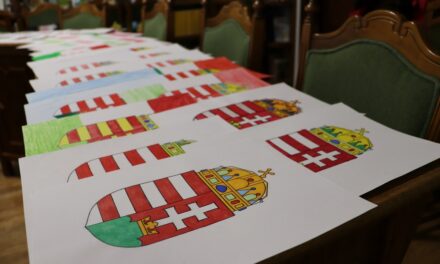The joint volume of Zita Deáky and Marta Botiková entitled Girls, women in Slovakia and Hungary (1955–1989) – As seen by two female ethnologists was recently published. The editors of this unique publication undertook no less than to review the socialist period of the two neighboring nations using ethnographic and cultural anthropological methods. An interview with the Slovakian author of the volume, Marta Botikova, the former head of the department of the Comenius University in Bratislava, was conducted by Gábor Tóth, a staff member of sándány.hu. We quote some details of this.
…– What was the biggest challenge during the preparation of the volume?
– We faced many difficulties, as we tried to agree on a wide variety of aspects. What was really difficult was how to present the everyday difficulties of women and families, the challenges that determined the possibilities of life at that time... People may be smiling in the old pictures, but we have to be able to read between the lines. They lived in much more difficult conditions then, especially women, who had to cope both as mothers and workers. We didn't want to criticize the era politically - that's the task of others - we just wanted to ethnographically interpret everything, the social and economic effects of which can still be felt both in Slovakia and Hungary.
– How united was this Central European socialist camp?
- We used to treat the countries east of the Iron Curtain as united.
There is some truth in this, but there are also many significant differences. From the very beginning, the starting points were different: while Hungary was among the losers at the end of the Second World War, Czechoslovakia was on the side of the winners. In both countries, displacements and population exchanges began, which affected both states: but in quite different ways. These were the years when the lives of families began to normalize only at the cost of great difficulties and significant sacrifices...
…– Is it possible to say which system was worse, who suffered more?
- Dictatorships are characterized by the fact that there is always something missing in people's lives, or that something is inherently bad. People felt this both here and there. Where was it better or worse? This cannot be answered. Even within the socialist camp, the individual measures came in different waves, had different effects, and influenced the lives of families in different ways.
What is certain is that both Slovaks and Hungarians wanted to be free. They had an ideal of freedom that they were only able to experience for moments in 1956 and 1968. The dictatorship taught Slovaks and Hungarians that they had to learn to live under the supervision of Soviet soldiers. It was necessary to adapt to the specific economic and social situation that was unknown in Europe before 1945. And this came with a series of challenges that had to be dealt with both here and there.
The entire volume is available free of charge on the website of the Institute of Ethnography of Eötvös Loránd University.
Source: sándár.hu/Gábor Tóth
(Cover photo: Marta Botikova. Photo: Gábor Tóth)












